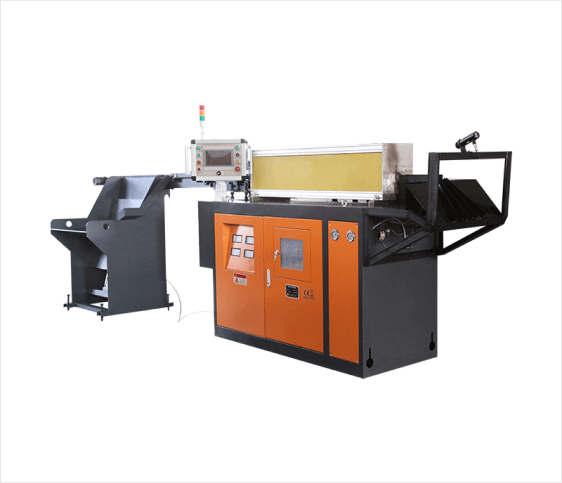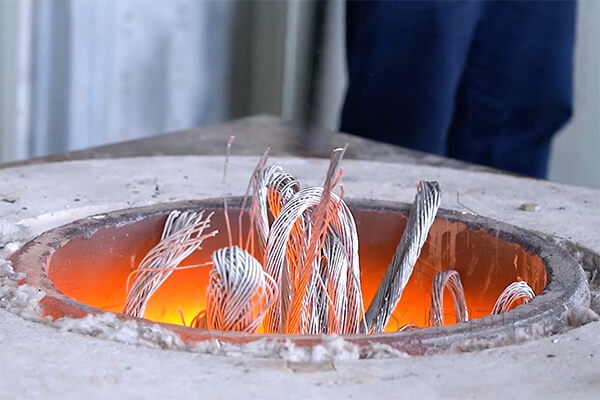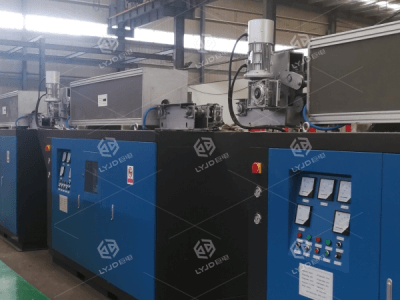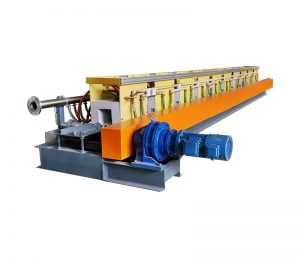Selecting the appropriate feeding method is critical to the efficiency and stability of the induction furnace smelting process. Improper feeding increases metal oxidation, raises power consumption, and shortens the service life of the furnace lining—ultimately leading to higher operational costs. For manufacturers and foundries, understanding proper feeding techniques is essential to achieving consistent performance and cost control.
Luoyang Judian offers industrial furnace solutions with global service in mind. This guide outlines practical strategies to help you optimize your feeding method based on metal properties, furnace type, and operational conditions.
Importance of the Feeding Method in Induction Furnace Operation
The way materials are loaded into an induction furnace directly influences:
- Melting speed
- Energy consumption
- Metal yield
- Equipment longevity
By selecting the correct feeding approach, operators can reduce material waste, avoid overheating, and increase process reliability.
Feeding Methods Based on Material Characteristics
Not all metals behave the same during smelting. Feeding should be adjusted according to the density and melting point of the charge:
Aligning Material Size with Furnace Frequency and Capacity
The physical size of the furnace and its operating frequency directly affect the required size of the feedstock:
- Low-frequency, large-capacity induction furnaces can process larger charge pieces due to deeper magnetic field penetration.
- High-frequency, small-capacity furnaces demand smaller, finer charge materials to ensure uniform melting and prevent short-circuiting in the magnetic field.
Choosing the appropriate charge size helps maintain a stable thermal environment and reduces power fluctuations during operation.
Best Practices for Material Layering
Proper layering of feed materials inside the furnace improves melting efficiency:
- The upper layer should remain loose to allow proper airflow and promote faster heat transfer.
- The lower layer should be compact to retain heat and facilitate faster liquefaction.
This configuration enhances metal flow and improves the overall thermal distribution within the furnace.
Positioning Materials by Temperature Zones
An induction furnace typically has three thermal zones, and each zone should be matched with specific material types:
- Bottom and top zones: These are relatively cooler, suitable for loading materials that are easier to melt.
- Middle zone: This is the core heat concentration area, where high-density and high-melting-point materials should be placed.
Incorrect loading sequences can cause thermal imbalance, leading to furnace lining cracks or reduced heating efficiency.
Slag Layering for Protection and Efficiency
Before charging the metal, it is recommended to add a layer of slag-forming material at the bottom of the furnace. This provides multiple benefits:
- Protects the crucible from direct metal contact
- Helps reduce airborne emissions
- Assists in collecting impurities and minimizing contamination
This simple practice can extend furnace service life and support cleaner operations.
Conclusion
Efficient feeding is a foundational step in ensuring the productivity and energy efficiency of induction furnace operations. By understanding material properties, aligning feedstock size with furnace characteristics, and applying structured feeding techniques, manufacturers can significantly enhance performance and reduce operational costs.
Luoyang Judian offers customized induction furnace solutions to meet the demands of international clients. For technical consultation or to explore our product offerings, contact our team directly.


























